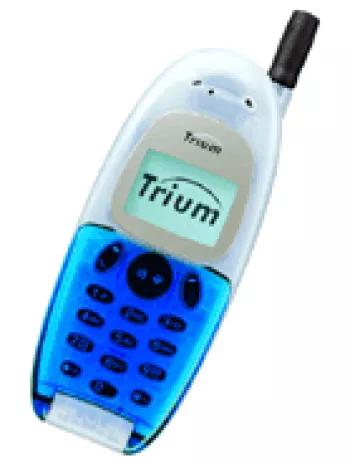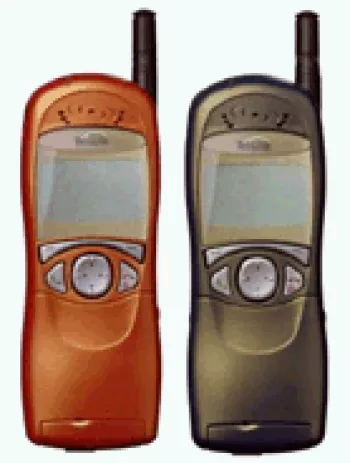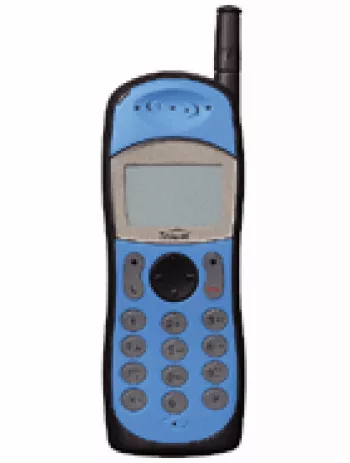Unveiling the Mitsubishi M420iM760 Specs Pricing & Insights

Overview of Mitsubishi M420i/M760
The Mitsubishi M420i/M760 mobile phones mark a distinctive period in mobile technology development, first announced in the fourth quarter of 2004. These feature phones, now discontinued, were among several handsets that transitioned users from traditional mobile phones to more advanced feature phones available at that time. These devices are characterized by basic functionalities enriched with a limited set of advanced features, giving them a unique place in mobile phone history.
Design and Build
The Mitsubishi M420i/M760 devices are constructed with a focus on simplicity and user-friendly design. They measure 98 x 47 x 25 mm and weigh approximately 115 grams, making them compact and easy to handle. This user-friendly design extends to their robust body featuring a Mini-SIM card slot, durable enough to withstand daily use yet stylish with a silver color that adds a refined touch to its appearance.
Display
The display of the Mitsubishi M420i/M760 is characterized by a TFD screen capable of showcasing 256K colors. Although small by today’s standards, the display offers a resolution of 176 x 240 pixels in a 4:3 ratio, sufficient for the simple visual applications typical of feature phones, such as viewing text and basic graphics.
Camera Performance
One key feature of these devices is their 1.3 MP rear camera. This camera allows users to capture basic photography and video. While the capabilities of these cameras are minimal compared to modern standards, they were a valued feature at the time of release, enabling users to record and store memorable moments digitally.
Memory and Storage Capabilities
The Mitsubishi M420i/M760 offer an internal storage capacity of 19MB, which was typical for feature phones. They do not support external cards, limiting storage expansion. The onboard memory is adequate for basic functions, allowing users to store contact details up to 500 entries, which include photo call features, and record call logs with the capacity to save 10 dialed, 10 received, and 10 missed calls.
Network and Connectivity
As feature phones supporting GSM technology, these devices include capabilities for 2G bands, specifically on GSM 900, 1800, and 1900 frequencies. They provide GPRS capabilities for basic data services but do not support EDGE. In terms of connectivity, they lack Bluetooth, WLAN, and GPS capabilities, but feature an infrared port and proprietary USB connectivity, reflecting the technology standards of the mid-2000s.
Battery Life
The battery of the Mitsubishi M420i/M760 is a removable Li-Ion battery, providing a standby time of up to 200 hours and a talk time of up to 4 hours. Such battery performance is indicative of feature phones from that era, balancing functionality with battery longevity despite the smaller capacities.
Additional Features
Despite their simple nature, Mitsubishi included several additional features in these devices. Users could send SMS, MMS, and emails, and enjoy downloadable polyphonic ringtones. The phone supports WAP 2.0/xHTML browsing and iMode (on the M420i model), providing basic internet interaction capabilities. Moreover, Java MIDP 2.0 support enabled the installation of Java-based applications, including games, enhancing the entertainment value of the phone.
Sound and Multimedia
The Mitsubishi M420i/M760 does not include a loudspeaker or a 3.5mm audio jack. However, it offers customizable alert types through vibration and downloadable polyphonic ringtones, allowing users personalization options despite lacking advanced multimedia features.
Conclusion
The Mitsubishi M420i/M760 feature phones encapsulate a transitional phase in mobile technology, combining basic mobile functionalities with a handful of advanced features like a camera and internet browsing capacity. These devices remain a testament to the essential utilities of mobile phones during their era of release, contributing to the incremental development towards today’s smartphones. They served a specific purpose for users seeking reliable functionality coupled with moderate enhancements, marking their legacy in the realm of mobile telecommunications.
Key Features of Mitsubishi M420i/M760
- Compact Size: Dimensions of 98 x 47 x 25 mm, lightweight at 115 g
- Display: TFD display with 256K colors and resolution of 176 x 240 pixels
- Camera: Single 1.3 MP camera with video capability
- Memory: Internal storage of 19MB with phonebook capacity of 500 entries including photo call feature
- Connectivity: GPRS enabled, infrared port available
- Messaging & Browser: Supports SMS, MMS, Email, and features WAP 2.0/xHTML browser, iMode (M420i only)
- Battery: Removable Li-Ion battery offering up to 200 hours stand-by time and up to 4 hours talk time
- Entertainment: Supports downloadable polyphonic ringtones and Java MIDP 2.0 for games
Disadvantages of Mitsubishi M420i/M760
- Lacks support for modern network technologies like 3G, 4G, or 5G.
- No EDGE support, which limits data transfer speeds in comparison to similar devices.
- Discontinued status, meaning no support or updates available.
- No expandable memory card slot, limited to 19MB of internal storage.
- No selfie camera available.
- Absent loudspeaker, possibly impacting sound output quality.
- No 3.5mm headphone jack, limiting audio accessory compatibility.
- No support for Bluetooth or Wi-Fi connectivity, restricting wireless communication possibilities.
- Lacks GPS positioning technology, limiting navigation capabilities.
- No built-in radio functionality.
- Uses a proprietary USB connection, which may require additional adapters or cables.
- Limited battery standby (up to 200 hours) and talk time (up to 4 hours).

View Also
More Phones
All Rights Reserved +14266 Phones © Mobilawy 2025
























